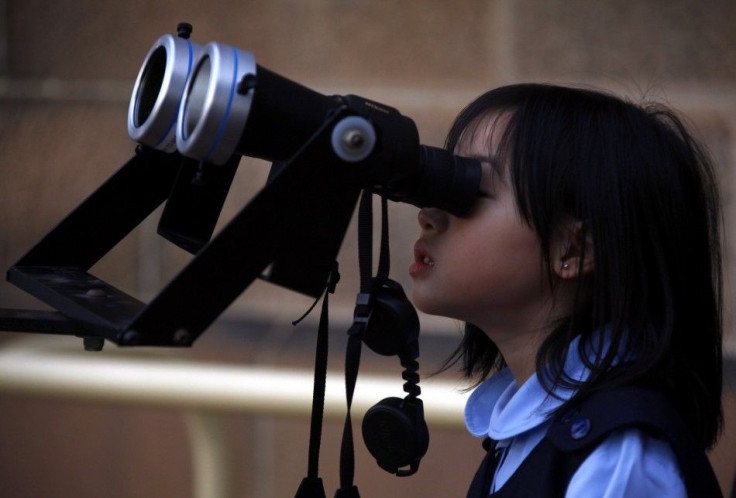Very Large Telescope Gathers Image Of A Mysterious Celestial 'Mouth Of The Beast' Feature

The Very Large Telescope at the European Space Observatory has captured an image of a mysterious celestial feature. The cometary globule nebula CG4 also called the "mouth of the beast" or "God's Hand" has been captured in magnificent detail.
According to CNET, the globule CG4 is a type of nebula, which is an interstellar cloud of dust and ionised gases. Cometary globules are set to be a Bok glubule, a compact, dense and cold cloud of dust and considered to be the smallest of the dark nebula. It has a mass that is roughly between 2 and 100 times the mass of the Sun.
The globule appeared in the sky as dark patches with no night emanating from it, hence making it difficult for its detection and study. In the image that was captured, the globule was illuminated by the stars close to it. Though the objects are cold, the inside of it is believed to be a warm core. The globule is faint and located 1,300 light years away from the Earth.
One side of the cometary globule had been blown outwards and formed a long tail which extended 8 light years behind. "Mouth of the beast" is just one among many other globules that is located in Gum Nebula, an extensive emission nebula in the constellation Puppis, and the tails pointed away from the Vela supernova remnant, located at the center of Gum Nebula. The head of the globule resembles a gaping mouth and is 1.5 light years across.
One of the hypothesis regarding the tails of the globule is that it was caused by stellar winds as well as the ionisation of radiation from large stars nearby. The astronomers are of the belief that, initially, it could form structures known as elephant trunks which later became globules.
Though the globule resembled a comet, it is not one. In 1976, the UK Schmidt Telescope in Australia captured images of comet-like objects. Since their appearance was similar to that of comets, it was given the name cometary globules.
To report problems or to leave feedback about this article, e-mail: afza.kandrikar@gmail.com.





















